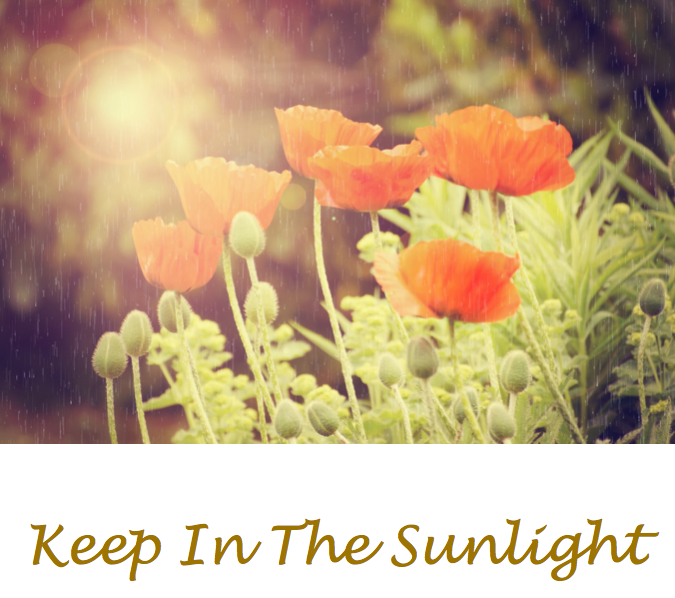
Even though I have a background as a public school teacher, I feel like I’m fairly flexible about our homeschool. Some of my top reasons for homeschooling are so the kids have playtime and can learn at their own pace. I know this in my heart. But, sometimes–Ok, often–my head likes to get in the way.
It’s one thing to say that I know (and even love) that our kids are learning on their own time. Schedules and standards and young kids at desks all day make me itchy and uncomfortable. And yet, these “away-school” kids will learn things sooner than my kids. Obviously. Even for those of us who know the whole parenting “race” is ridiculous, it’s hard not to feel the tug.
This is one of the reasons I don’t like using the word “due date” for new babies. A baby’s guess day, as I prefer to call it, is just that. It is perfectly “normal” for a baby to come up to two weeks before or after that estimated day. And yet…somehow parents feel this smugness for an “early” baby or feel behind if their baby is “late.” With the exception of special circumstances, all babies are eventually going to walk and talk and use the potty. And yet…parents panic if their kid is behind other kids or they feel like they’ve got a genius baby if their kid is first. This is one of the reasons we refused to go to a conventional pediatrician for many years. The percentages on growth charts and developmental stages makes me want to gag. I know, I know, there’s a bigger reason for it–for catching special circumstances early, etc. But, mostly it becomes just another comparison game. ugh.
I’m digressing, but I think it’s important to note that trusting in our kids and the process is all-encompassing. Even for those kids who go to a school setting where there are lists of standards and expectations, there are students who will learn certain skills earlier than others. We all have different abilities and interests. Kids in the same grade are different ages and have different support at home. Some students click well with certain teachers and some don’t fit into the school setting at all.
In homeschool, the differences are even bigger. A homeschooler might not read until age 9, but they might be able to have “big, juicy conversations” (as Julie Bogart says) with adults long before that. The Waldorf philosophy is that a child who can’t read yet is much better at observing the world and learning from natural surroundings than one who can read. A homeschool child might not be starting multiplication when their public school friends are, but they might have a very strong understanding of spatial awareness from sewing or of highly advanced problem solving skills from all their extra time building Legos.
All of this sounds well and good, but do I still have a slight panic when my (very understanding) family who are educators sees where we are in our schooling? Yes. Yes, I do. Our daughter spent most of what would be considered her kindergarten year running around with friends and listening to lots and lots of books while I nursed her brother. Meanwhile other kindergarteners were in school several hours a day, learning things like sight words and coding and coming home with homework.
I remember countless times in our kids’ lives when I’ve had a panic that they were never going to pick up on a certain skill. Our first-born loved sitting and listening to books for hours. And then, around age three, she wouldn’t even sit through a page without getting distracted and leaving. Instead of seeing this as a normal phase for a kid her age, I panicked. As a book lover, I was distraught when I began to think maybe this was an indication that she didn’t like books. That stage, of course, was short-lived. Now, she would listen to us read all day long if we could.
My husband, who loves bike riding, had his own “moment” when he thought our daughter would never branch out and try a bike without training wheels. (And, yes, we had tried the Strider method) Now it was my turn to be calm. It’s much easier to trust the process when it’s not something you’re passionate about.
So, the important thing for me to remember is to come back to our reasons for homeschooling. We’re not in this to “be ahead of the curve” or to “keep up” with other kids. We chose this path to be able to spend our lives together. To instill a love for learning, instead of pressuring our kids to meet a standard. We chose this to allow our kids time to be kids, to run around and play and explore. We’re very, very lucky that we have two healthy, active, strong, and smart kids. They are on their own timing for learning. All my husband and I have to do (other than, you know, be there and homeschool them) is step back and trust.




